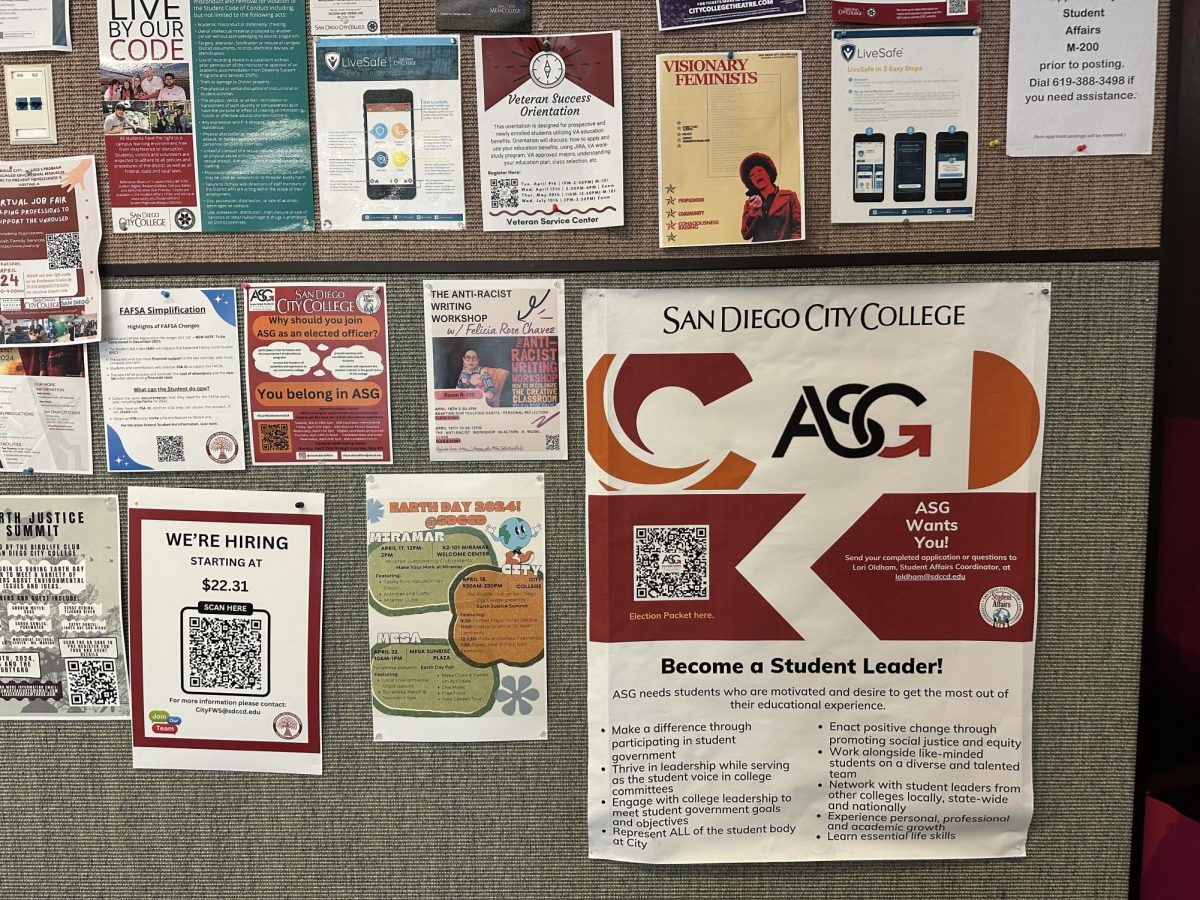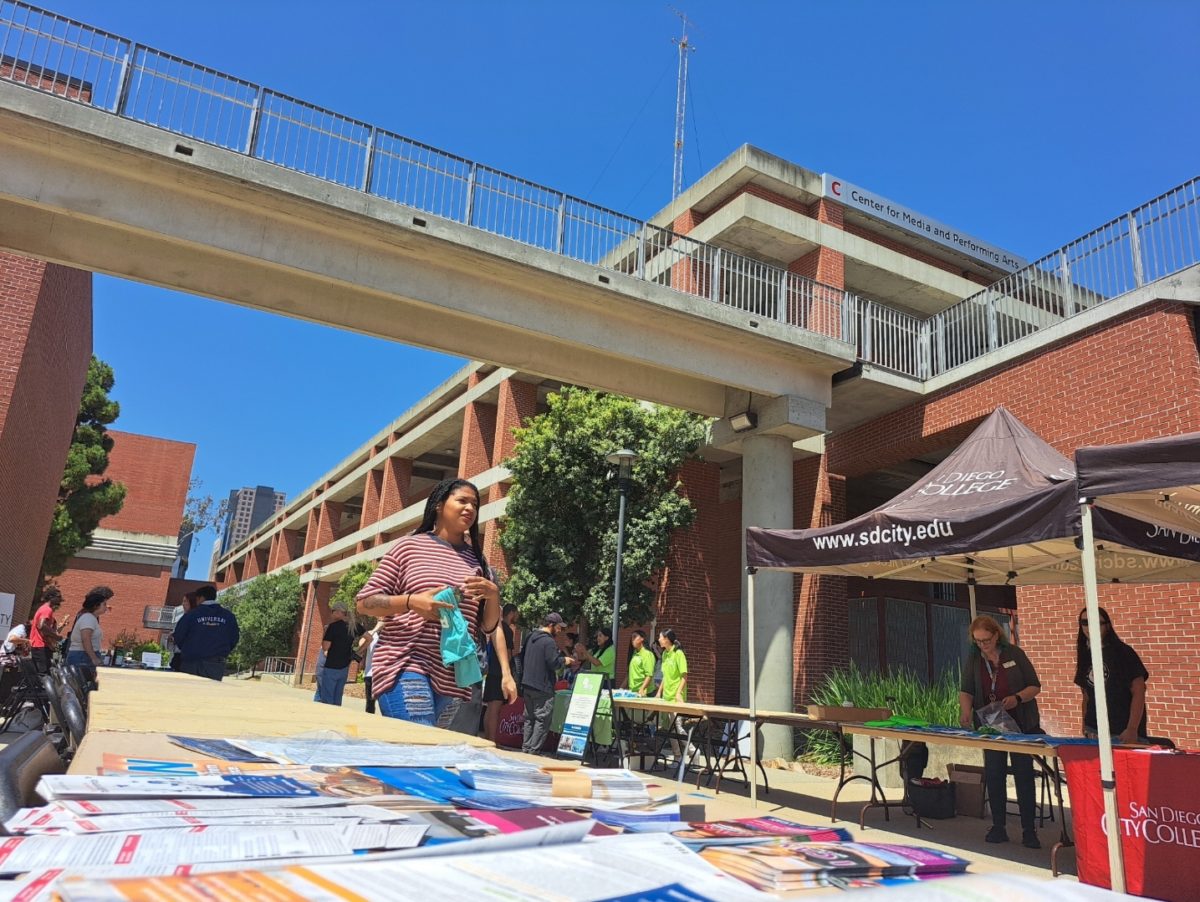By Roda Marie Catapang
City Times
With the state’s deepening budget crisis and its affect on residents, California is seeing increases all around, including an increase in tuition from $20 per unit to $26 at community colleges.
San Diego City College students registering for the fall semester were warned about the possible increase. Students who had already paid for classes in full at the $20 per unit rate received notification about the requirement to retroactively pay the increase in tuition by the given due date or be dropped from their registered classes.
The $6 tuition increase and need to pay retroactively has City College students scrambling to hold on to the classes they were able to enroll in.
“That might not sound like a lot of money to a lot of people, but that is a lot of money to me,” said Associated Student Government President David Campbell, in an interview with the Union-Tribune in June.
Students receiving the Board of Governors Waiver (BOGW) will not have to address the $6 increase, as it is covered by the BOGW.
At a time when the community college level is experiencing a spiked growth in enrollment, partly due to the current economic slump and rising unemployment rate in the state, they are also forced to reduce the number of classes offered.
Although an increase in enrollment generally creates more money for the school, budget cuts have resulted in class cuts, leaving the district with limited resources to accommodate the increasing enrollment.
There is pressure on the school district to find ways to address the need of its community without sacrificing the quality of the education provided.
“We’re cutting classes not because . we can’t meet student need but because we will not be supported for teaching those classes,” said Constance M. Carroll, Ph.D., chancellor of the SDCCD, during a radio interview with KPBS General Manager Doug Myrland on “These Days.”
According to Carroll, California has created a crisis for itself with the rising unemployment and its correlation to the rising enrollments in community colleges. She went on to say that the state’s cut will result in California community colleges turning away an estimated 250,000 students in the year to come, not including those that will be turned away at the university level.
Carroll said that California needs to solve its budget crisis and revenue problem or all California institutions will be threatened.
“It’s not the one-time infusion, it’s the ongoing infusion, it’s the difference between a bonus and a salary,” Carroll told KPBS. “One doesn’t base one’s mortgage and lifestyle on bonuses but on the ongoing salary.”
“We are caught between forces that want to restrict cuts and restrict revenue at the same time, and that combination is deadly,” Carroll said.
Students are also caught between two evils. Many are fighting to learn a new trade, a new skill or to enter into a new career in order to secure themselves a future in the current unpredictable economic state. But many of those same students are having to make significant sacrifices to afford the classes they’ll need to secure that future.
However, there are students that feel it could have been worse.
“It’s really not that bad, considering the cost of community colleges on the east coast,” said Donovan Terblanche, student and former east coast resident.
The City University of New York’s Web site indicated that tuition cost at their community colleges were $135 per credit for part-time students, and $1575 per semester for full-time students.







